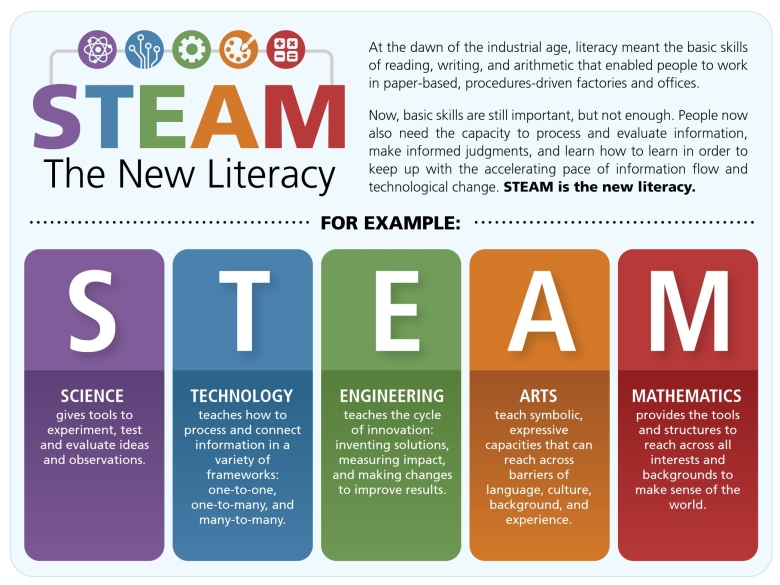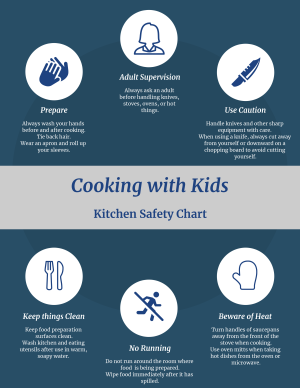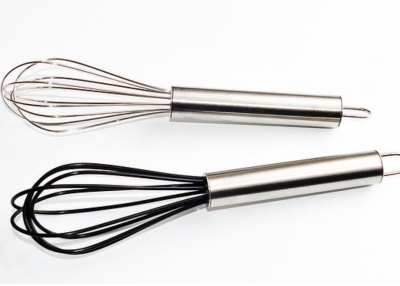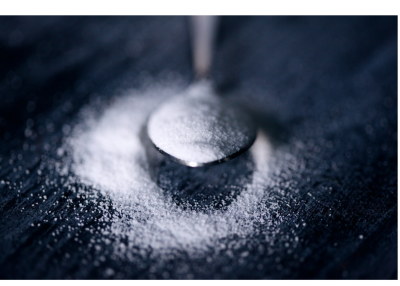Cooking With S.T.E.A.M.

What do cooking and STEAM have in common? More than you think! And we are not talking about the steam that you might see coming out of a tea kettle, we mean S-T-E-A-M!
STEAM is an educational approach to learning that uses Science, Technology, Engineering, the Arts and Mathematics as access points for guided inquiry, dialogue, and critical thinking. The end results are kids who take thoughtful risks, engage in experiential learning, persist in problem-solving, embrace collaboration, and work through the creative process. STEAM is a kind of literacy that removes artificial boundaries and replaces them with wonder, critique, inquiry, and innovation.

Now, let’s look at Asian cooking through the lens of STEAM. Asian cooking is diverse and is rooted in thousands of years of experimentation and study. As we all know, the results of these efforts are delicious. So why not learn more about Asian cuisine and polish up on our STEAM skills as well?
A Nod to Mathematics!
Math shows up in all aspects of cooking. In fact, the better your math skills are, the better you will be in the kitchen. Just think about all the different ways math is used while cooking! Important skills such as converting temperature, changing quantities, weight and cooking time, and converting measurements are all critical to following recipes. Passion may be your guide when cooking in the kitchen, but don't forget the importance of math!
Asian Cooking Styles
One thing most Asian cultures have in common is that they share the same tradition of families gathering together to share meals, socialize and celebrate. However, the food and types of preparation can vary widely through the continent.
- Southwest style that includes cuisines from India, Pakistan, Sri Lanka, Burma and the neighboring areas. This style has its roots in Persian-Arabian traditions.
- Northeast style that comprises China, Korea, and Japan.
- Southeast style, which includes Thailand, Laos, Cambodia, Vietnam, Indonesia, Malaysia, Singapore, Brunei, and the neighboring areas.
The types of utensils and cooking tools also vary. While some regions are focused on woks and chopsticks, others prefer cooking on hot open coals and eating by hand. Here, we will explore all of these wonderful features of Asian cooking!

Almost every aspect of modern life intersects somehow with science. This is especially true when it comes to producing, preparing and eating food. Cooking food through a science perspectives allows parents to spark their child's interests while approaching complicated concepts through a science-positive approach.
Kitchen Safety
At Asia Society, safety is our first priority. Please read our Kitchen Safety Tips and share them with young learners. Don't take chances, play it safe!

Be sure to check in regularly for new culinary techniques! Coming soon, The Science of Steaming.




